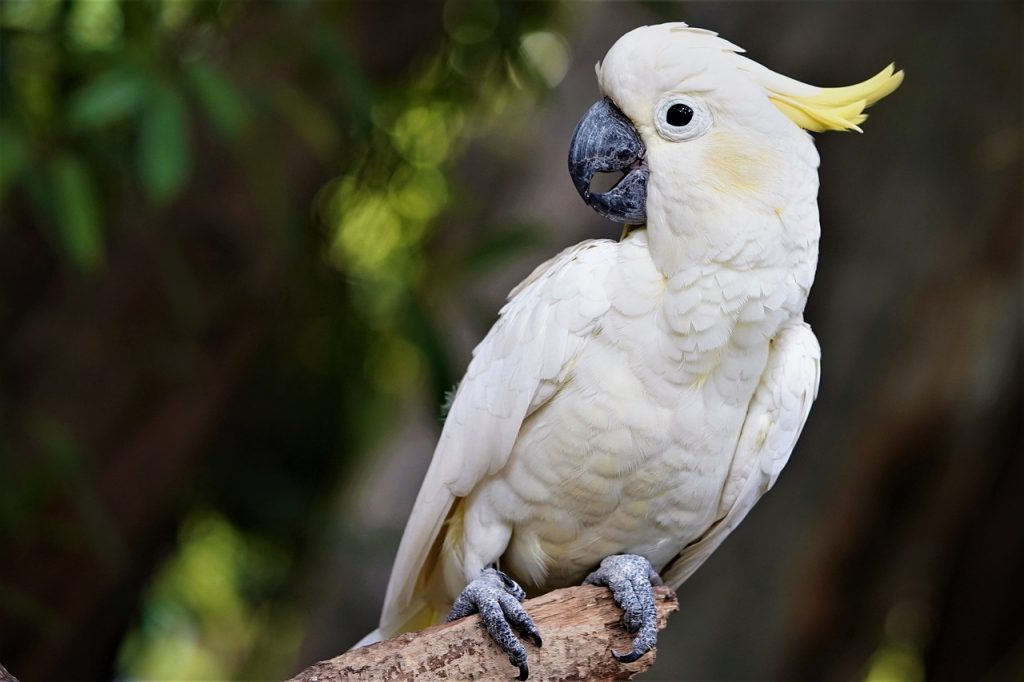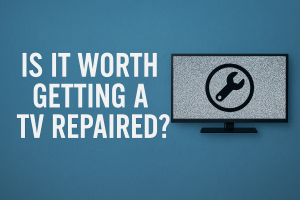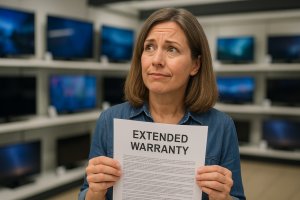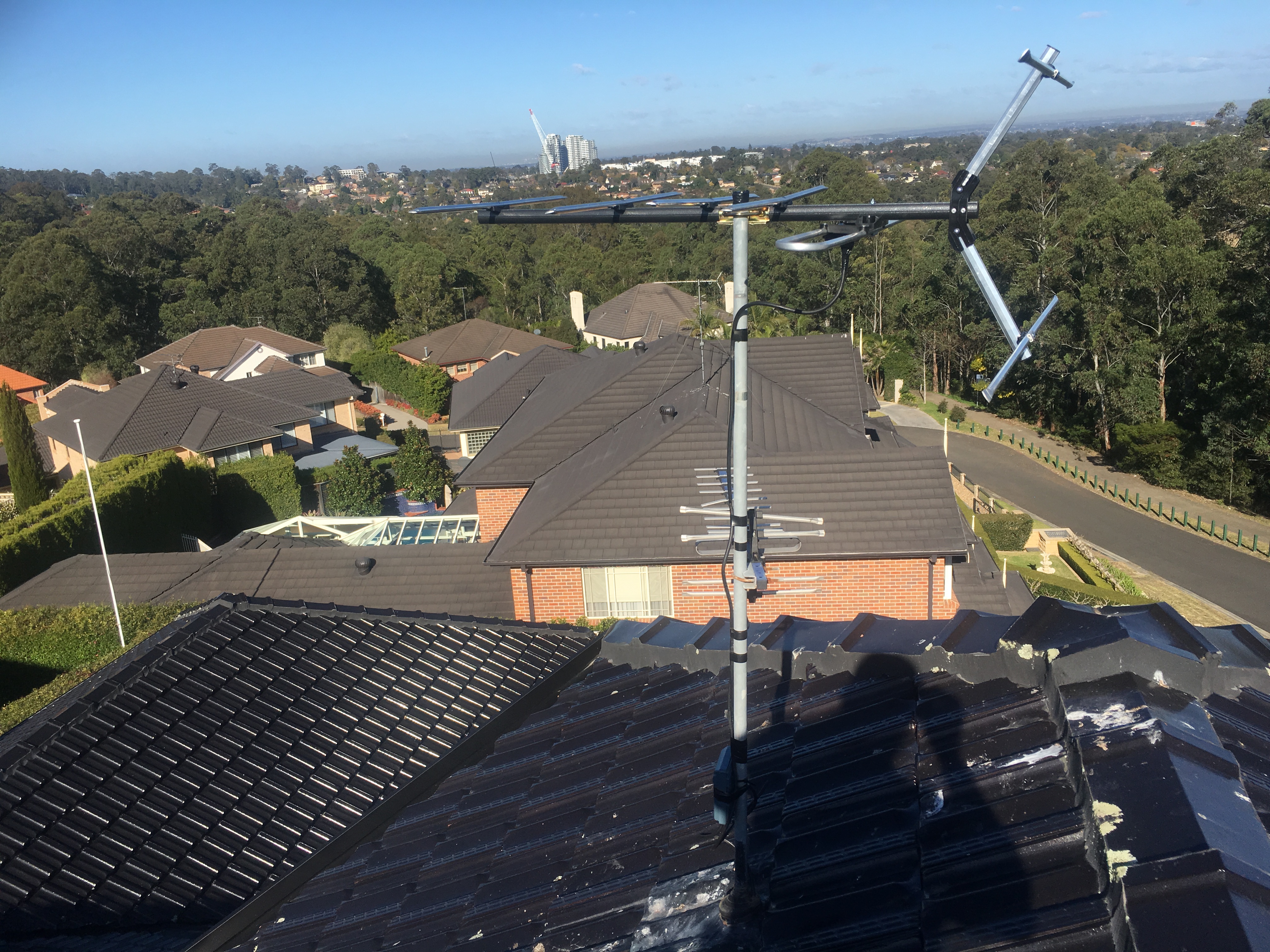Living in Hornsby barely a week goes by where I don’t go to a customers house that hasn’t had some kind of damage to their antenna or antenna-related equipment by cockatoos.
There are usually 3 things that cockatoos do to cause problems to a households’ tv reception. The first two are easy to fix, the last one not so easy but often not necessary.
The 3 things cockatoos do to damage digital tv antennas and tv reception
Antenna damage. Older antennas have wide elements (element are the rods that stick out to the side). They offer more real estate for cockatoos to land on. Get 4 or 5 cockatoos on one of the long elements and that is often too much weight for many older antennas.
Amplifier damage. Amplifiers are usually installed in a waterproof container and mount on the antenna pole. There are holes in the bottom of amplifiers to allow cables to be connected. So amplifiers are only water when they are up the right way. Cockatoos often chew away the cable tie that attached the amplifier to the antenna pole. Then the amplifier flops upside down and next time it rains water get inside. Inside amplifiers are circuit boards so they don’t like water.
Cable damage. Most of the time when a cockatoo has chewed through antenna coaxial cable is it very old cable that is somewhat brittle. Newer cable isn’t brittle at all and is often too much of a challenge to cockatoos.
What can do done to protect your digital antenna and equipment from cockatoo damage
Have an Australian-made digital antenna installed.
As mentioned above older antennas have long elements. Digital antennas don’t have (or need) long element for the digital signal. Therefor they offer less real estate to cockatoos. They have less leverage..
Antennas made in Australia tend to be made stronger. Maybe other countries that produce antennas don’t have birds as larges as cockatoos…?
Just having an Australian-made digital antenna installed will usually solve the problem. However there is a third option: Spikes! These are inexpensive and can be attached to every part of the antenna. As long as they are attached properly and with 100% coverage it’s problem solved.
I had one job in Wahroonga whereby his antenna was above his solar panels. Bird poo kept getting on two of the panels and, for most solar systems, that substantially decreases the effectiveness of a solar system. The gentelman wanted to upgrade his antenna anyway. So for an additional $60 I put spikes on to all of his elements. A week later he called me to say that cockatoo were still managing to land on his antenna. I went round to take a look. One of the elements had barely 2cm of element that didn’t have a spike on it and the bugger (the cockatoo, not the customer) managed to find it and squeeze onto it. I covered that part with another spike and that was problem fixed. Since then I’ve learned to cover every single centimeter of the antenna. Sorry cockatoos!
What can be done to protect your masthead amplifier from cockatoo damage
Most installers use just one cable tie to attach the amplifier to the antenna pole. And often the cable ties that come with amplifiers are not that wide, strong. As simple as this sounds I use two cable ties and most of the time I am able to use our separately-purchased wider cable ties (some amplifiers won’t accommodate extra-wide cable ties).
What can be done to protect your cable from cockatoo damage
Newer cable will usually fix the problem. This is usually very cheap to do because only the exposed part of the cable needs to be replaced.
There are circumstances when someone has good coaxal cable but cockactoos have still managed to chew through it. When this happens it’s often because there is an unsual number of cockattos in the area – perhaps a neoghbour is feeding them.. In extreme examples the cable from the antenna can be run through conduit. This is rarely required though.
As much as this Tiger loves cockatoos they are not impressed with me anymore.
I hope this article helps. I offer free quotes and advice.



